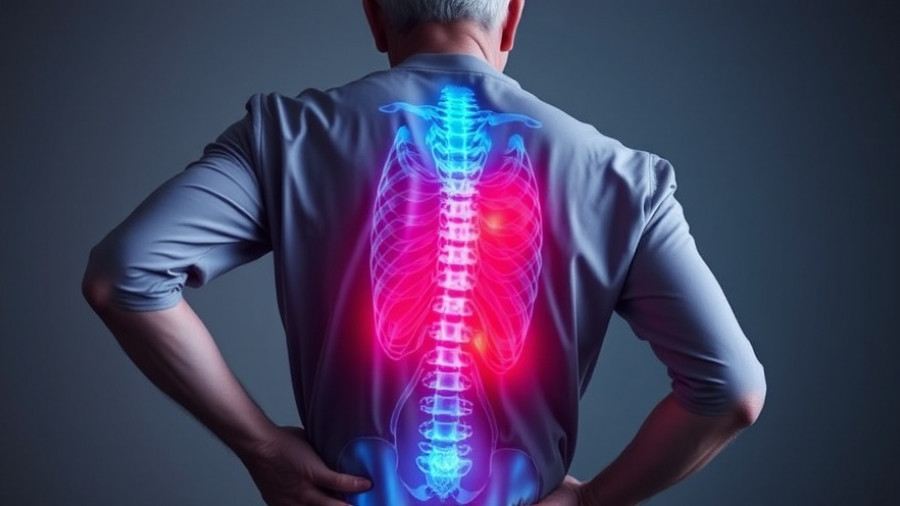
Understanding Hip Pain: A Common Challenge for Active Adults
Hip pain is more than just a physical inconvenience; for many active adults in Towson, MD, it can hinder enjoyment in everyday activities—from simply walking to enjoying recreational sports. The discomfort can stem from multiple causes, including inflammation, injury, or chronic conditions. Fortunately, modern solutions like Shockwave Therapy are stepping into the spotlight to offer relief and restore normal function.
What is Shockwave Therapy?
Shockwave Therapy is an innovative, non-invasive treatment that employs high-energy sound waves. These sound waves penetrate deep into the tissue, invigorating the body’s natural healing process. This therapy fosters improved blood flow, reduces inflammation, alleviates pain, and expedites tissue repair, making it an effective option for those suffering from various musculoskeletal issues, particularly hip-related pains.
A Closer Look at Common Hip Pain Causes
Several factors contribute to hip pain, and understanding these can enhance our approach to treatment. Here are a few common conditions:
- Trochanteric Bursitis: This condition entails inflammation of the bursa, a protective fluid-filled sac located on the outer hip. Often resulting from overuse, it causes significant pain and tenderness, making everyday movements uncomfortable.
- Hip Arthritis: Degenerative changes in the hip joint due to arthritis can lead to persistent discomfort and mobility issues. Shockwave Therapy aims to alleviate symptoms by promoting healing and reducing inflammation.
- Muscle or Tendon Strains: Excessive physical activities or injuries can cause strains in the muscles or tendons surrounding the hip joint, resulting in pain. Targeted Shockwave Therapy can aid in recovering these injuries by accelerating tissue repair.
The Science Behind Shockwave Therapy
This therapeutic approach leverages the principles of acoustic waves, introducing focused energy to the targeted areas. Studies indicate that Shockwave Therapy stimulates the production of collagen—a vital protein for tissue repair—and encourages the formation of new blood vessels, thus supporting joint health. Notably, this treatment has shown significant improvements in pain levels and joint function for many patients.
Steps You Can Take for Hip Pain Relief
In conjunction with Shockwave Therapy, individuals can adopt several lifestyle modifications to enhance their recovery and maintain hip health:
- Regular Exercise: Engaging in low-impact activities such as swimming or cycling can strengthen the hip flexors and increase flexibility.
- Strength Training: Integrating strength exercises into your routine can provide stability and prevent future injuries.
- Weight Management: Maintaining a healthy weight relieves excess pressure on the hip joints.
Finding Your Path to Recovery
For those seeking comprehensive care, a family chiropractic center like Kalkstein Chiropractic is an excellent resource. Beyond Shockwave Therapy, the clinic offers a family wellness chiropractor who can craft personalized treatment plans addressing each individual's unique needs. Whether it's chiropractic pregnancy support for an expecting mother or pediatric chiropractic care for children, their experienced team champions a holistic approach to health.
Don’t let hip pain dictate your life. Investigate innovative treatments like Shockwave Therapy and join the countless individuals who have regained their mobility and zest for life. Ready to take action? Schedule an appointment with our experts at Kalkstein Chiropractic today and discover the relief you’ve been searching for.
 Add Row
Add Row  Add
Add 




Write A Comment